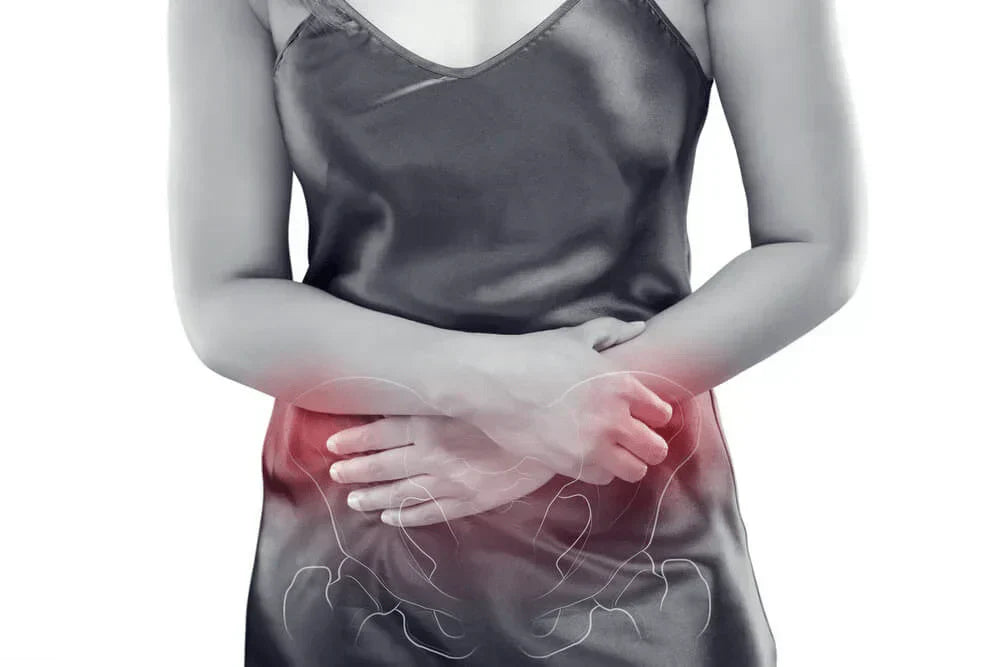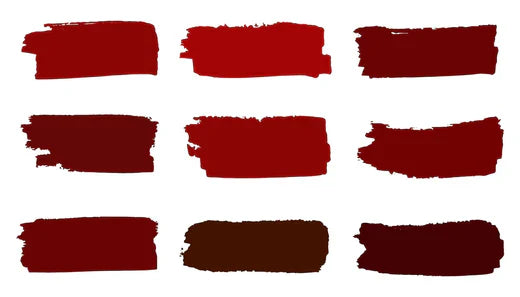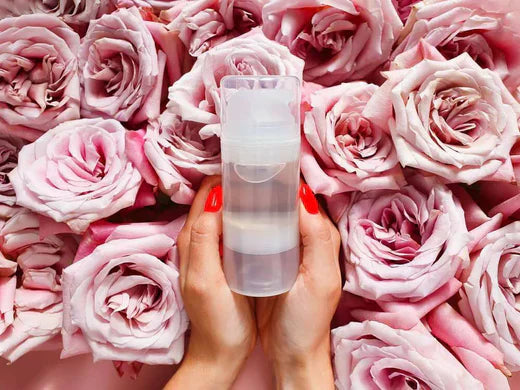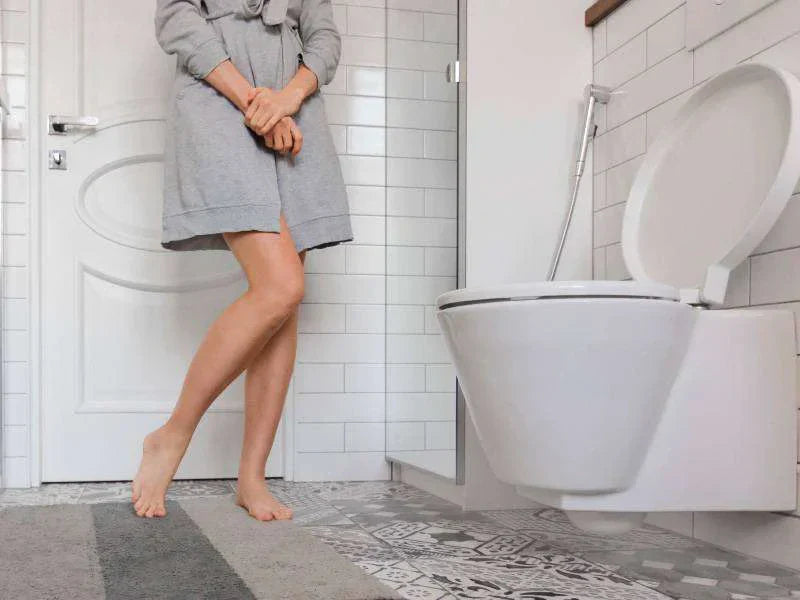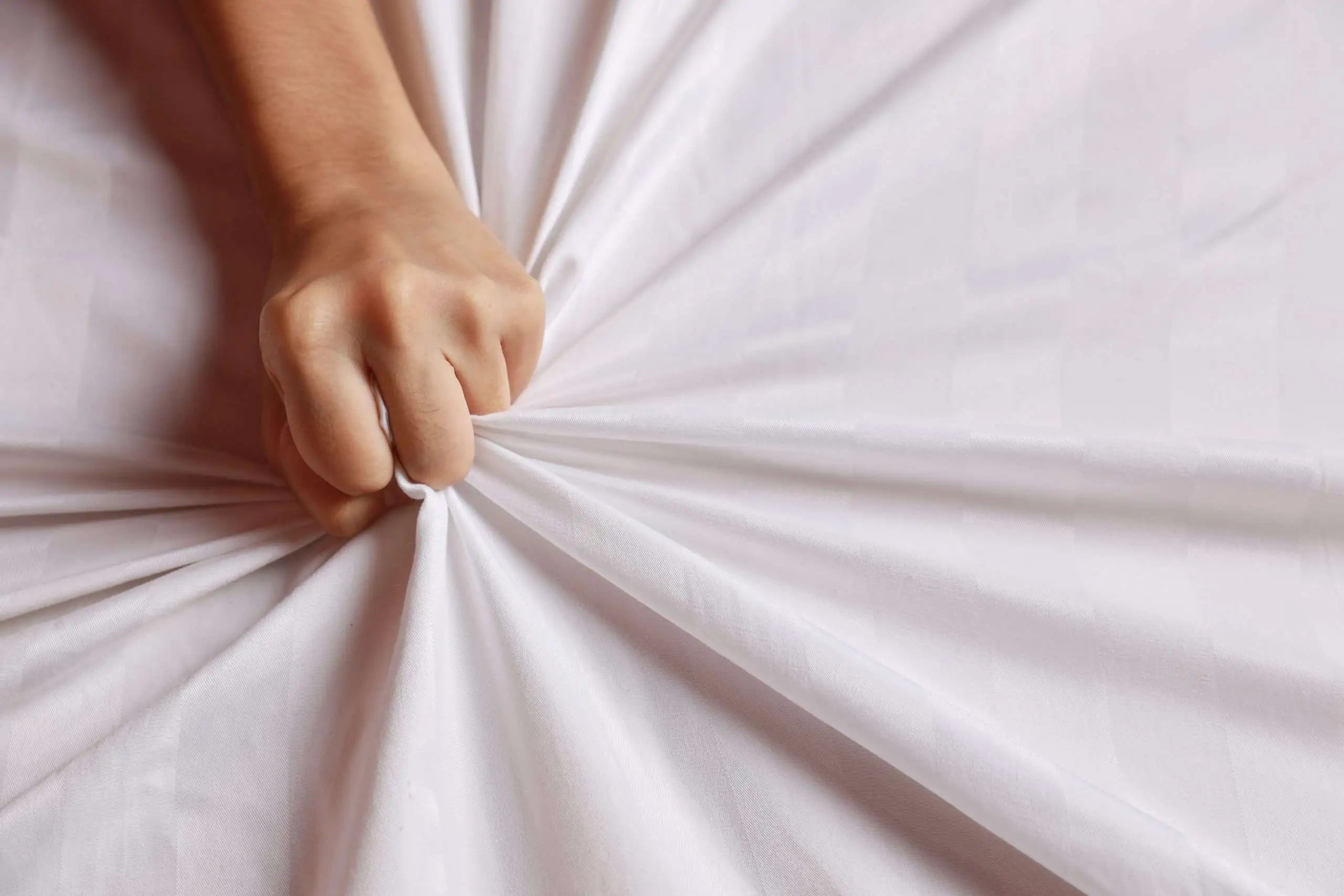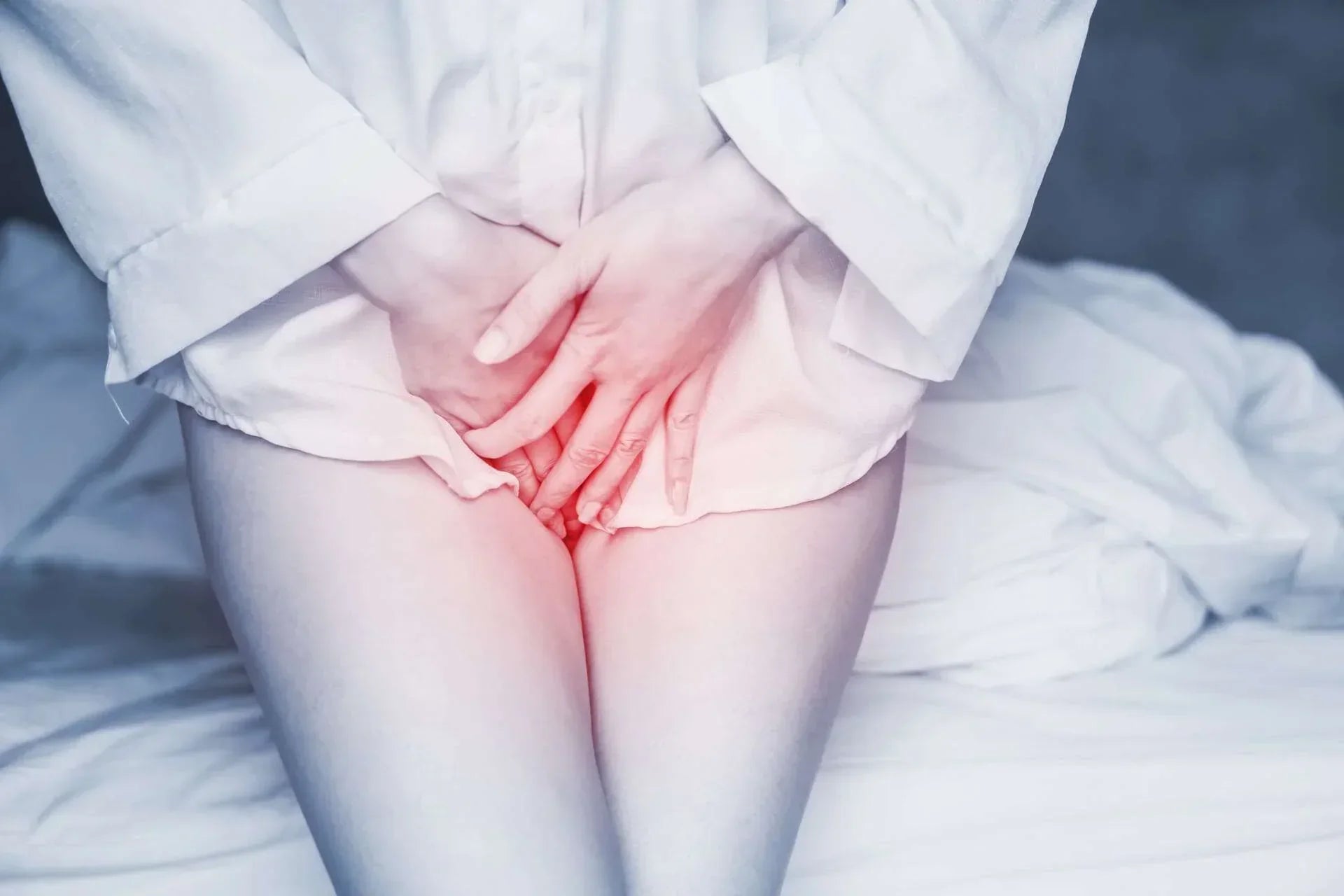Although very common, many women do not seek help when they notice pimples on the vulva, either due to embarrassment or fear. The good news is that in most cases they are not serious, although sometimes treatment is required. Here we detail the main causes.
What are pimples on the vulva and what causes them?
They are small red growths that appear on the surface of the skin. They usually have the appearance of those pimples found on the face and the rest of the body. However, their characteristics may vary in terms of size, quantity, content, colour, inflammation, pain, burning or itching.

There are many causes of pimples on the vulva. For example, they can be caused by fungal infections, viruses and bacteria. However, the most common causes are (1,2):
- Contact dermatitis: this is a type of allergy caused by moisture, heat or skin contact with a substance or material allergen or irritant. For example, vaginal douches, intimate hygiene products, products used to wash underwear, sweat, semen, urine and vaginal discharge (especially when there are vaginal infections). The symptoms include pain, redness, and itching.
- Folliculitis: is inflammation of the hair follicle. This can be caused by an infected cut or wound, usually from shaving, ingrown hairs, rashes, clothing that is too tight or which rubs against the skin, obstruction from sweat or personal products, using dirty swimming pools or hot tubs.
- Acne inversa: also known as hidradenitis suppurativa, is an inflammatory disease that affects the sweat glands in the groin and armpits. This is characterised by them having pus, being difficult to heal and leaving scars. About 4% of the world's population suffer from it.
- Molluscum contagiosum: this is a viral infection that can occur anywhere in the body. This usually appears as small, flesh-coloured or white bumps with a pearly appearance and a hole in the centre.
What other conditions can cause similar lesions?
There are lesions that may be confused with pimples on the vulva, but they can actually be (1,3,4):
- Bartholin's cysts: these are characterised by being soft and painless lumps, although if they grow too large, they become uncomfortable and cause pain in the surrounding skin. When infected they fill with pus, become sensitive, hot and are accompanied by a fever.
- Genital herpes lesions: appear around the vagina, vulva and anus.
- Genital warts: are caused by the human papillomavirus (HPV), which is a sexually transmitted infection. You can have one or a group of them.
- Vaginal varicose veins: these are swollen blue veins similar to hemorrhoids. They are sensitive and can bleed.
- Vulva cancer: presents with persistent itching, pain, tenderness, raised or thickened patches, wart-like lumps or growths, bleeding, painful urination, or moles that change colour. In some cases, vaginismus may occur.
- Skin tags: these are small flaps that form in areas where the skin rubs against itself. These are harmless, but they do not go away on their own.
Recommendations to prevent pimples on the vulva
Only a health professional can provide a diagnosis, so we recommend that you do not hesitate in consulting one. However, to avoid pimples on the vulva we recommend (2,5,6):
- Eliminating irritants and all products that can cause new outbreaks.
- Using a new blade for each shave.
- Shaving in the direction of hair growth and never doing it on dry skin.
- Take extra care with intimate hygiene: wash the area daily with warm water and a mild, fragrance-free soap.
- Use cotton underwear over those fabrics that keep moisture in.
- Always change your clothes after exercising.
- Change tampons or pads regularly during menstruation.
- Dry well before getting dressed to stop the growth of bacteria.
- Avoid tight clothing.
- Don't touch the pimples.
- Use warm compresses to relieve pain.
- Avoid bubble baths.
Should pimples on the vulva be removed?
No! Resist the urge to remove them, as this can cause more pain and irritation. In addition, it increases the risk of infection, as well as the size and number of spots (1). Remember to consult your doctor if symptoms persist, worsen or are associated with vaginitis, vaginal discharge or pelvic pain. Also, if you have a history of interventions such as surgeries or uterine curettage. The reason being that it could indicate a medical emergency. In any event, self-medication is not an option. Many of the causes require medication, which should only be indicated by a specialist. Now that you know the main causes of pimples on the vulva, don’t be embarrassed and take control of your body and your health.
References
-
Cleveland Clinic. Pimple on Vagina
. 2021. Available from: https://my.clevelandclinic.org/health/diseases/22019-pimple-on-vagina -
Leonard J. Vaginal pimples: Causes, treatment, and prevention
. Medical News Today; 2020. Available from: https://www.medicalnewstoday.com/articles/317810 -
NHS. Bartholin’s cyst
. 2021. Available from: https://www.nhs.uk/conditions/bartholins-cyst/#:~:text=Always%20see%20a%20GP%20if -
NHS. Vulval cancer
. 2021. Available from: https://www.nhs.uk/conditions/vulval-cancer/ -
British Association of Dermatologists. Care of vulval skin
. BAD Patient Hub; 2020. Available from: https://www.skinhealthinfo.org.uk/condition/care-of-vulval-skin/ -
Pietrangelo A. Vaginal Pimples: Causes, Treatment, and More
. Healthline; 2016. Available from: https://www.healthline.com/health/womens-health/vaginal-pimples#:~:text=Pimples%20in%20the%20genital%20area,toward%20the%20skin%2C%20causing%20irritation.
You May Also Like

JOIN US AND GET 10% OFF
Sign up to our newsletter to access free resources, advice and support.



